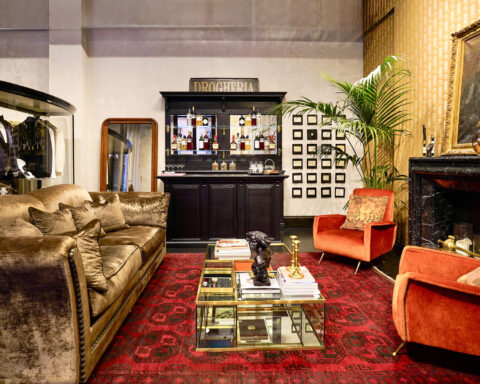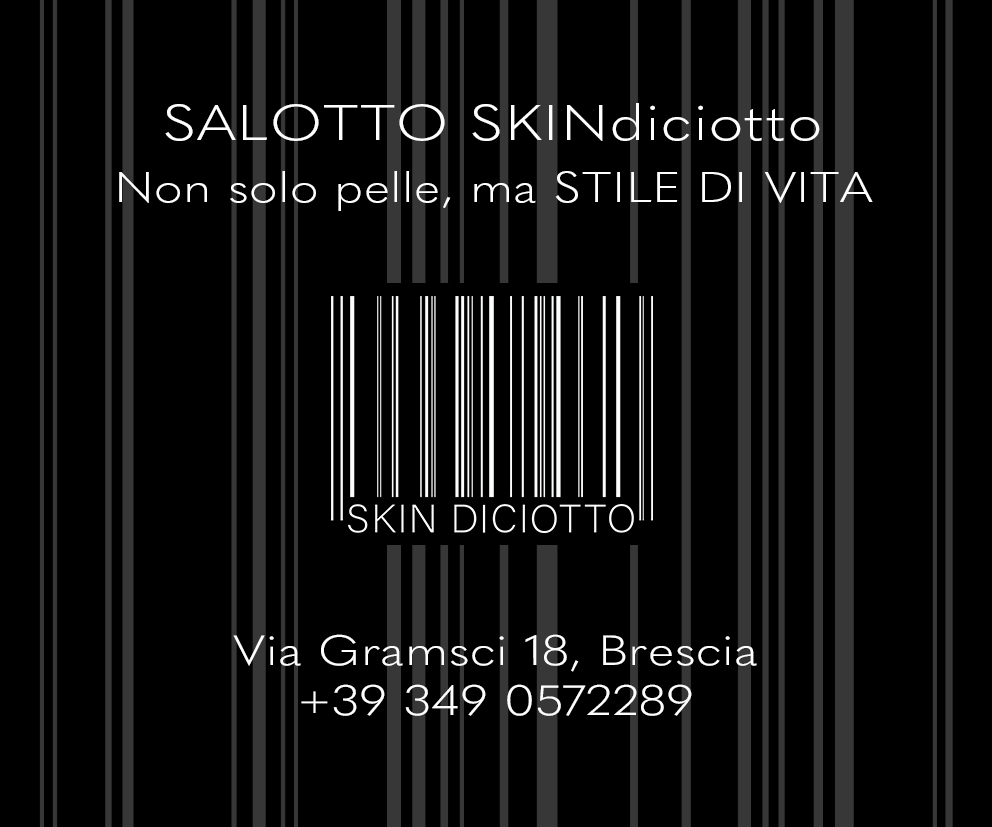[Best_Wordpress_Gallery id=”603″ gal_title=”NAUFRAGARE-MARE-PHOTO”]
I versi de L’Infinito celebrano l’idillio dei paesaggi marchigiani, gli stessi che si contemplano da questa abitazione arroccata su di un borgo medioevale, poco distante dalla Recanati leopardiana.
testo e ph michele biancucci
Percorrendo il centro storico, fra palazzi secolari e chiese affrescate, giungiamo a casa del proprietario, che ci racconta del grande lavoro compiuto: “Il Palazzo fu acquistato anni fa dai miei genitori che iniziarono i lavori di ristrutturazione, che io poi ho deciso di portare a termine. L’assetto originario era diverso rispetto dall’attuale.
Desideravo ambienti ariosi, ben interconnessi fra loro, armonici e gradevoli: la casa è stata così rimodellata per ottenere un effetto di continuità fra i vari locali. Il contrasto black and white, mescolato qua e là con i toni naturali, è il leitmotiv degli ambienti.
Il bianco avvolgente è il grande protagonista delle pareti, volutamente lasciate a grezzo per conferire alla casa una personalità che deve dosare sapientemente le ruvidezze country tipiche della mia terra con una contemporaneità dal sapore “brutal chic”. I muri sono concepiti un po’ come quelli dei musei e delle gallerie d’arte, la cui lunghissima frequentazione ha tracciato profondamente il mio profilo creativo.
Li ho pensati per ospitare le mie opere fotografiche così come le creazioni dei grandi designer del ’900, piatti e tessuti di Fornasetti in primis. Il contrasto cromatico è invece il dominatore assoluto delle finiture, degli arredi, dei sanitari e del soffitto, concepito come una grande volta decorata a ceramiche.
Abituato a guardare a testa in su ogni qualvolta entro nelle chiese e nei palazzi, ho voluto ripetere lo stesso concetto, rinunciando per ovvi motivi agli affreschi e tempestando lo spazio con 1600 piastrelle, a formare questo meraviglioso tappeto musivo. Inseguendo i colori naturali è nata la scelta dei materiali per i pavimenti e per i rivestimenti dei bagni: il grigio chiaro e morbido ha ispirato il generoso uso del cemento sbiancato sulla pavimentazione, come massetto rasato e lucidato nel sottotetto mansardato, autolivellante smaltato al primo piano.
Toni più caldi decorano invece le cementine di inizio ’900, scelte per ravvivare le pareti del bagno in mansarda, un pavimento di recupero, che ho deciso di conservare, riadattandolo. In sintonia con l’architettura, anche gli arredi intercettano la poetica del “black and white” e della “naturalezza”, con pochissime concessioni ai colori più accesi.
Alcuni sono pezzi unici o prototipi, acquistati direttamente nei laboratori di giovani e talentuosi designer conosciuti al Salone del Mobile; è il caso di Andrea Scarpellini, geniale designer di Cuneo da cui ho acquistato Metropolis, un bellissimo mobile TV che deve il suo nome all’omonimo capolavoro di Fritz Lang, i cui fotogrammi campeggiano sul fronte. Altri sono invece pezzi iconici del ’900 italiano, alcuni dei quali ormai fuori produzione e pertanto quasi introvabili, altri ancora sono rivisitazioni di oggetti di design, soprattutto le sedute, che mi sono divertito a reinterpretare rivestendole con tessuti inediti, anch’essi firmati da grandi designer.
Tutto rigorosamente MADE IN ITALY”.
[ap_divider color=”#CCCCCC” style=”solid” thickness=”1px” width=”100%” mar_top=”20px” mar_bot=”20px”]
“…E il naufragar m’è dolce in questo mare”
These verses taken from “L’infinito” by Giacomo Leopardi celebrate the idyllic dream of the Marches landscape, the same one that can be admired from this abode nestled on a Medieval village, right near Recanati also known as Leopardi’s hometown.
Photography and text written by Michele Biancucci
Going down the old town, between centuries-old buildings and frescoed churches, we reach the owner’s house that tells us about the considerable work that has been carried out: “The building was purchased from my parents years ago; they started the renovations that I later decided to complete.
The original layout was different compared to the current one with spaces but I longed for airy environments, well-interconnected among them, pleasant and harmonious: thus, the house has been reshaped in order to achieve a continuity effect through all different spaces.
The black and white contrast – here and there, mixed with natural shades – is the leitmotif of spaces. The embracing white is the main character of walls, intentionally left rough to lend the house an attitude that must wisely measure out the country roughness – typical of my country – with an innovation that tastes a little bit brutal chic.
Walls have been designed a bit like those inside museums and art galleries, whose extremely long attendance has deeply marked my creative profile. I thought about them to display my photographic works as well as about the great designers’ creations of the 1900s, Fornasetti’s dishes and textiles in the first place. The colour contrast is instead the absolute dominant figure of finishing touches, decors, bathroom fixtures and ceiling, conceived as a large vault decorated using ceramics.
Since I’m used to looking up whenever I get into churches and buildings, I wanted to repeat the same concept, for obvious reasons giving up on frescoes but adorning the space with 1600 tiles to create this magnificent mosaic carpet. The selection of materials for the bathroom and floorings was born of the pursuit of natural colours: light and soft grey inspired the generous use of bleached concrete on floorings as well as the leveled and polished screed in the loft crawl space, self-leveling and lacquered on the first floor.
Warmer shades decorate instead the cement tiles from the early 1900s, chosen to jazz up the bathroom walls in the attic, a recovery floor that I decided to preserve by readapting it. In tune with architecture, decors intercept the “black and white” and “naturalness” poetics, with very few concessions to brighter colours.
Some of them are unique pieces or prototypes, directly purchased from the workshops of young and talented designers met at the Milan Furniture Fair; for example such as Andrea Scarpellini: a gifted designer from Cuneo from whom I purchased Metropolis – a beautiful TV stand named after its namesake Fritz Lang’s masterpiece –, whose frames stand out on the front. However, others are iconic pieces from the Italian 1900s, some of which are discontinued and therefore nearly extremely rare, others are reinterpretation of design items –especially seats – that I pleasantly reinterpreted by upholstering them with original and unknown fabric, signed too by great designers.
Everything rigorously MADE IN ITALY”.





.png)








Seguici su